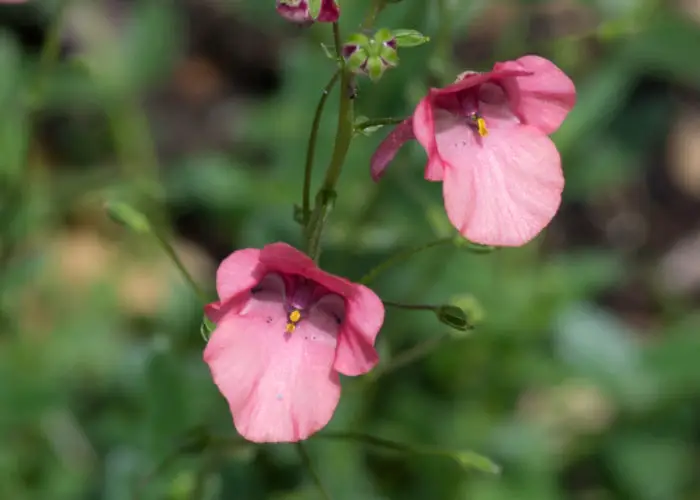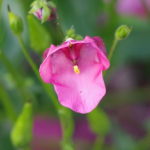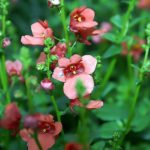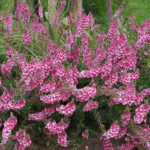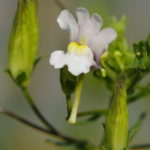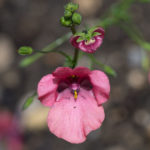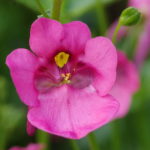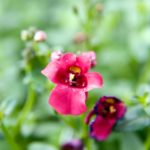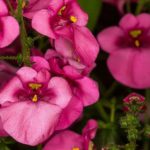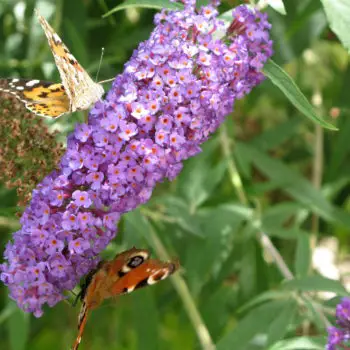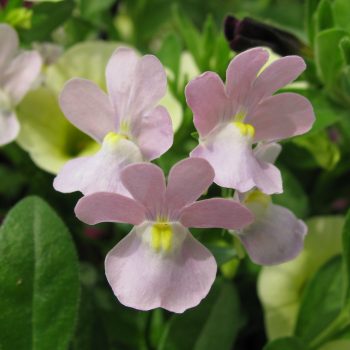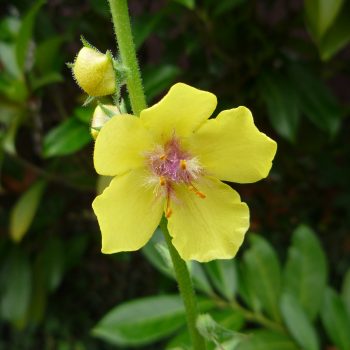Diascia (Twinspur)
Diascia is a genus of about 70 species in the family Scrophulariaceae, native to southern Africa.
Diascia produces small, dark green leaves and small, but profuse flowers. The colorful, shell-like flowers are borne in loose clusters from spring to autumn. They are tubular and lipped, each with two spurs on the rear of the flower. Diascia is an extremely popular ornamental plant worldwide. It is great for rockeries, containers, and borders.

